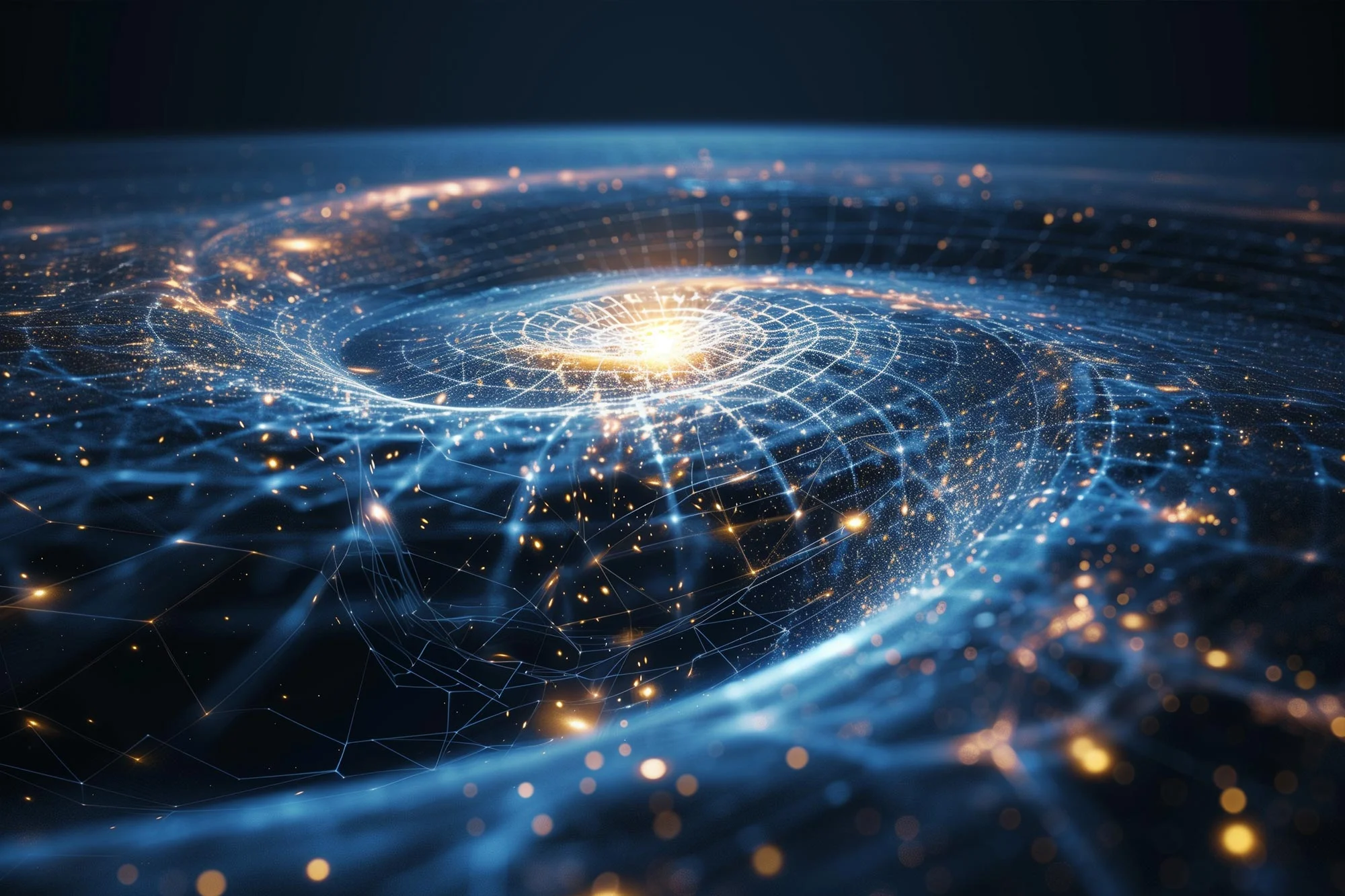Astronomers are using powerful computers to simulate how galaxies formed from the Big Bang until now, 13.8 billion years later. These simulations have some errors. To fix them, a team of researchers from Lund University and other institutions spent eight years and a lot of time.

In the past ten years, there have been massive improvements in computer simulations that can show how galaxies form. These simulations are very important for understanding where galaxies, stars, and planets come from. But sometimes, the predictions from these simulations have mistakes because the computers cannot show everything perfectly.
To make better simulations, 160 researchers from 60 universities worked together. They compared their simulations and looked for mistakes. The leaders of this project are Santi Roca-Fàbrega from Lund University, Ji-hoon Kim from Seoul National University, and Joel R. Primack from the University of California.
They found out that the gas around galaxies is more important than the number of stars in the galaxy. This is different from what people used to think. This project took eight years and used a lot of computer time. But the researchers are happy with what they found.
They published three papers in The Astrophysical Journal about their work. They looked at how a galaxy the same size as the Milky Way formed. They used the same ideas about stars, gas, and light as other simulations. Their new results show that galaxies like the Milky Way formed early in the universe’s history. They also solved a problem about small galaxies going around bigger ones.
They want to keep working to make even better simulations of galaxy formation. With better simulations, they hope to learn more about our galaxy, the Milky Way. This is just the beginning of understanding how galaxies form.
Leave a Reply